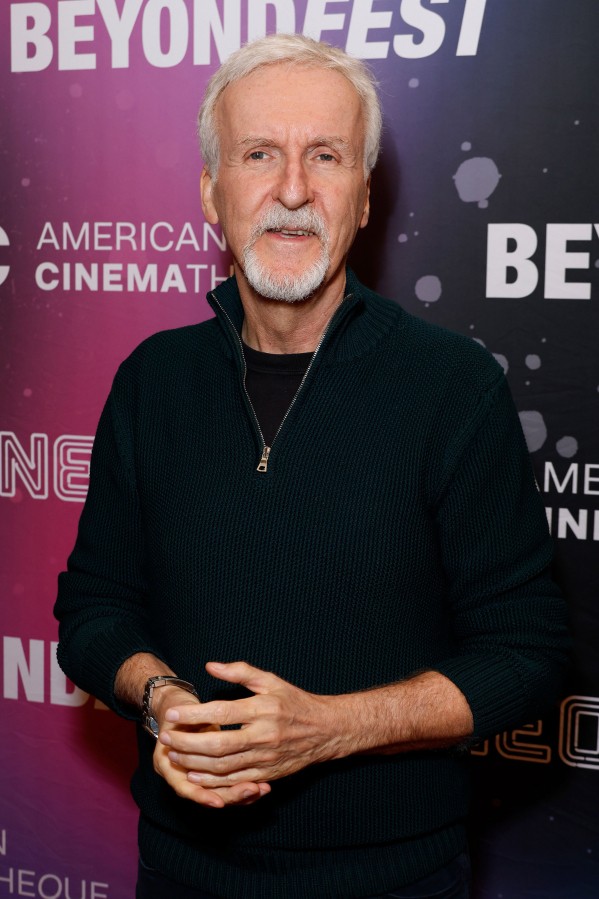LOS ANGELES — When James Cameron gazes long into his groundbreaking 1989 film “The Abyss,” his “Abyss” also gazes back into him. He sees it as a director and deep-sea explorer now 34 years wiser, one who is reminded of how far he’s come, from Pandora to the Mariana Trench.
“I look at it from the perspective now of having been not only to the abyss, but to the depths much deeper,” the Oscar-winning filmmaker told the L.A. Times on Wednesday night at Beyond Fest, where a restored version of the extended 171-minute special edition screened to a rapturous sellout crowd at the Regency Westwood Village. “I also think about how I was five years into my directing career at that point,” he said. “I like to think I’ve learned a few things.”
Following his breakout sci-fi classics “ The Terminator” (1984) and “Aliens” (1986), Cameron was making his fourth career feature at the age of 34 when he directed a cast led by Ed Harris, Mary Elizabeth Mastrantonio and Michael Biehn in the tale of an undersea oil rig crew tasked with salvaging a nuclear sub.
Filmed in massive water tanks constructed in an abandoned power plant in Gaffney, S.C. “The Abyss” saw Cameron experimenting with technology and processes he’d later build on to make “ Titanic “ and “ Avatar “ at a much larger scale. Famously grueling to produce, with cast and crew submerged in diving suits for long hours at a time, the $42 million underwater thriller was considered a box-office disappointment at the time, grossing $90 million upon release, but won an Academy Award for visual effects, also landing nominations for art direction, cinematography and sound.



